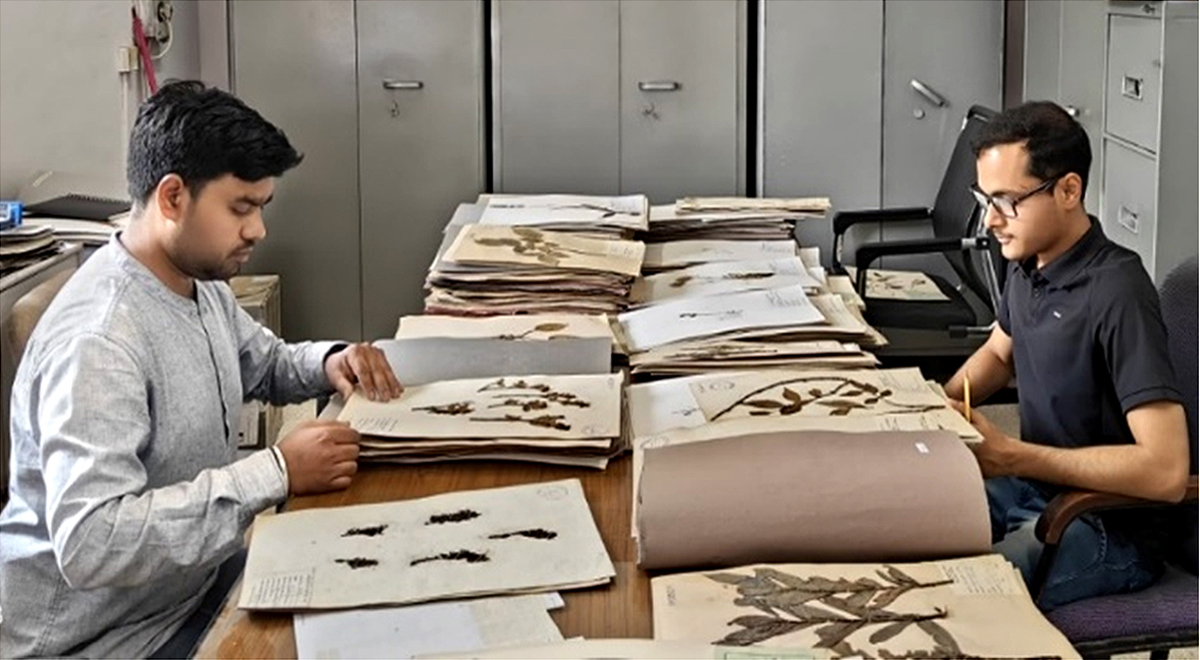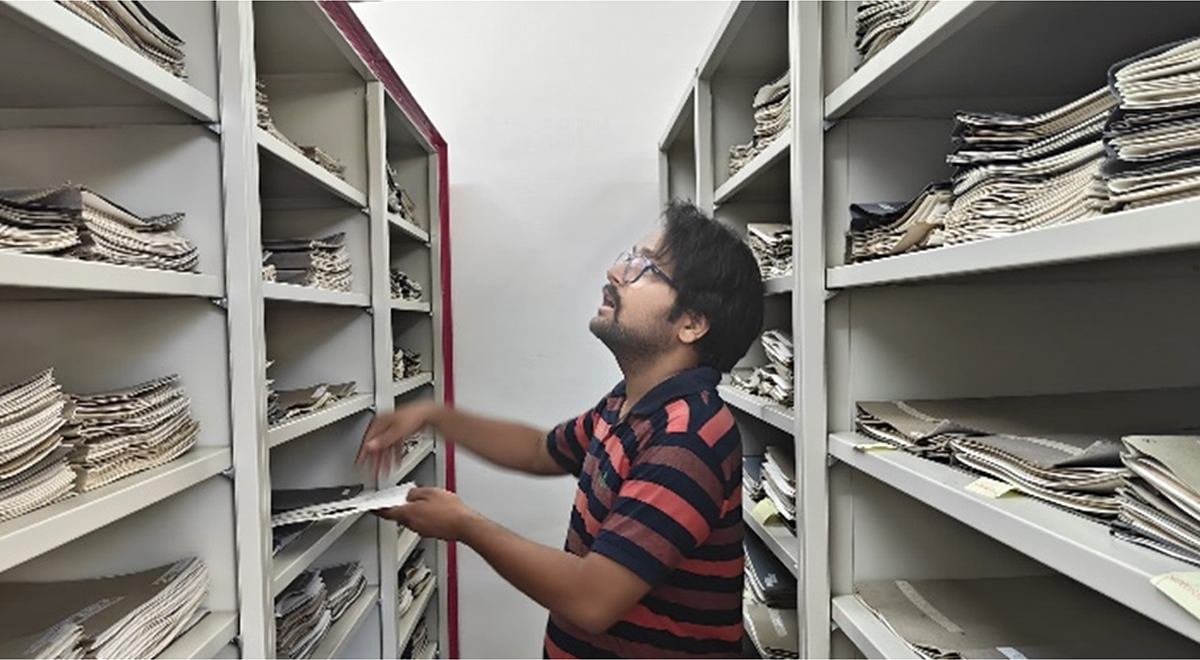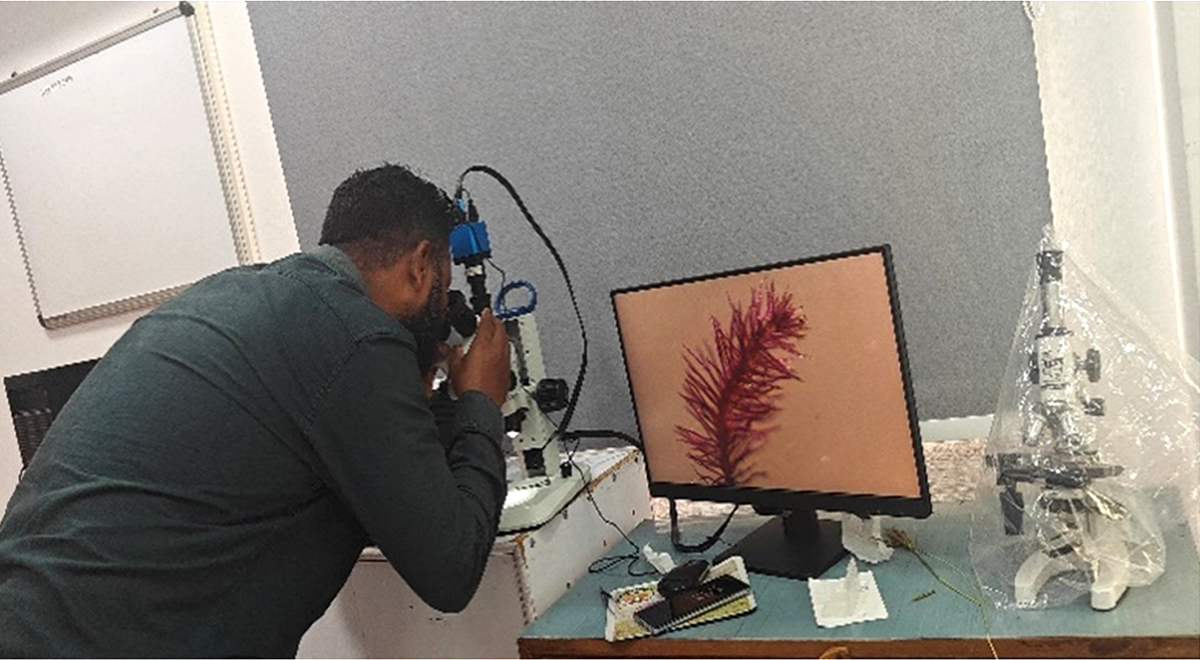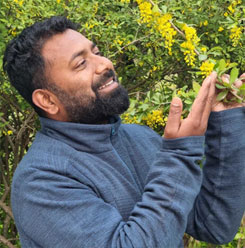About Herbarium
The scientific value of herbaria as a botanical repository of Earth's current and past diversity is globally acknowledged. The Wildlife Institute of India Herbarium recognised by the 'Index Herbariorum', is listed among the 3000 network of herbaria worldwide cited using the acronym 'WII' in the scientific and botanical publications.
The WII Herbarium was established in 1986 with a twofold purpose:
- (i) to create a repository of plant collections representing flora of different Protected Areas (PAs) of India and
- (ii) to develop a basic facility for aiding plant identification, floral inventory and access to plant databases for officer trainees, researchers and students of WII. Since its inception, the collection of plant specimens has grown steadily.
Major boost to this subject was given during planning for biogeography based Protected Area Network in India under the leadership of Dr. W.A. Rodgers and Shri H.S. Panwar (1985- 1988). This collection was further enhanced by the faculty, researchers and students of WII in the subsequent years.
The major plant collectors include Dr. G.S. Rawat who has extensively surveyed and collected plant specimens (more than 50% of the total) from the Western and Eastern Himalaya. Other contributors to WII Herbarium include Shri M.M. Babu, Shri P.L. Saklani, Dr. P.V. Karunakaran, Dr. C.P. Kala, Dr. Sanjay Singh, Dr. Pankaj Kumar, Dr. J.S. Jalal, Dr. Umeshkumar L. Tiwari, Dr. Gajendra Singh, Dr. Ishwari D. Rai, Dr. Amit Kumar, Dr. Navendu Page. One of unique features of WII herbarium is that it represents flora of a number of PAs of India. Based on the floristic surveys and inventory of species, database on the flora of PAs namely Asola Bhatti WLS, Bandhavgarh National Park, Grasslands in an around Pachmarhi Wildlife Sanctuary, Bodhghat submergence area (MP), Great Himalayan National Park, Pin Valley National Park, Kedarnath Wildlife Sanctuary, Valley of Flowers National Park, Cold-arid region of Nanda Devi BR, Rajaji National Park, Eravikulam National Park, PAs of Andhra Pradesh, Jaldapara Wildlife Sanctuary, Gorumara National Park, Hemis National Park, Dachigam National Park, Rann of Kutch, Pakhui Wildlife Sanctuary (AP) etc has been prepared.
At present, WII Herbarium houses more than 20,000 specimens for ready reference, which represent more than 200 families of vascular plants (Angiosperms, Gymnosperms and Pteridophytes)including type specimens of 07species of angiosperms namely Berberis rawatii, Rhododendron rawatii, Peristylussahanii, Nerviliapangetyiana, Oxygraphiskumaonensis, Bistorta tenuifolia var.gidarensisand Ceropegia kumaonensisand wet collection of two species of angiosperms. In herbaria, plant families and the genera under each family have been arranged alphabetically for the sake of convenience and are kept in compactor cabinets for efficient storage and access to herbarium specimens. The label data on each herbarium specimen include information on family, genus, species, author citation, sub-species, variety (if any), collector, collection number, collection date, locality, habit, habitat, plant description, and other information (if any) are available.
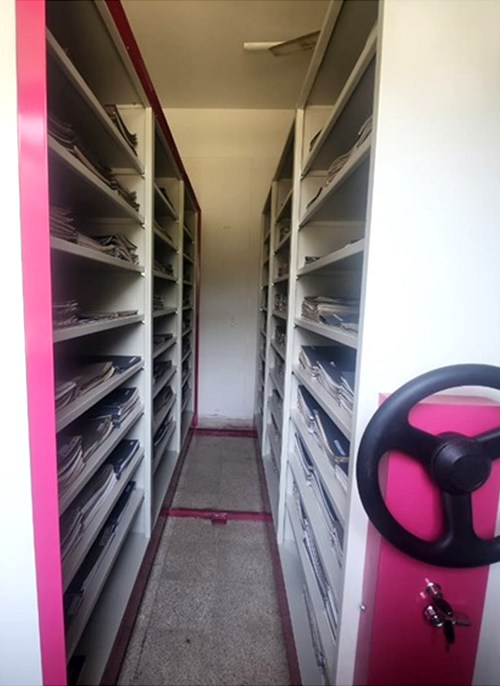
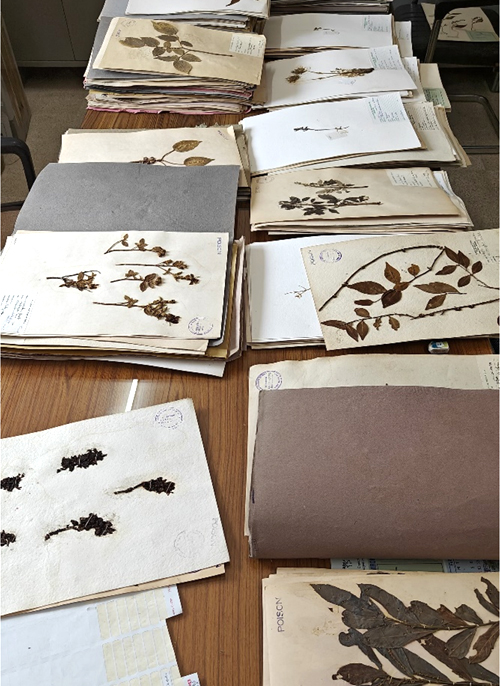
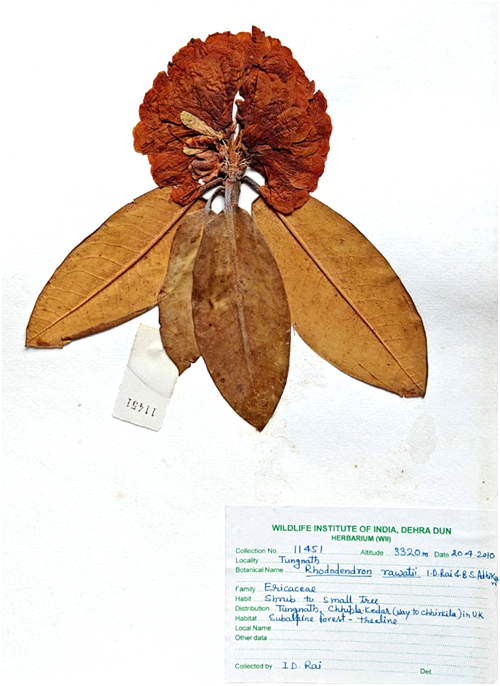
WII Herbarium is frequently visited by botanists studying or revising a particular plant groups. It also receives requests from scientists and students of other countries, interested in collating occurrence and distribution data. This highlights the utility of WII Herbarium for a range of users/audience and therefore also the need for increasing its visibility, reach and accessibility.
